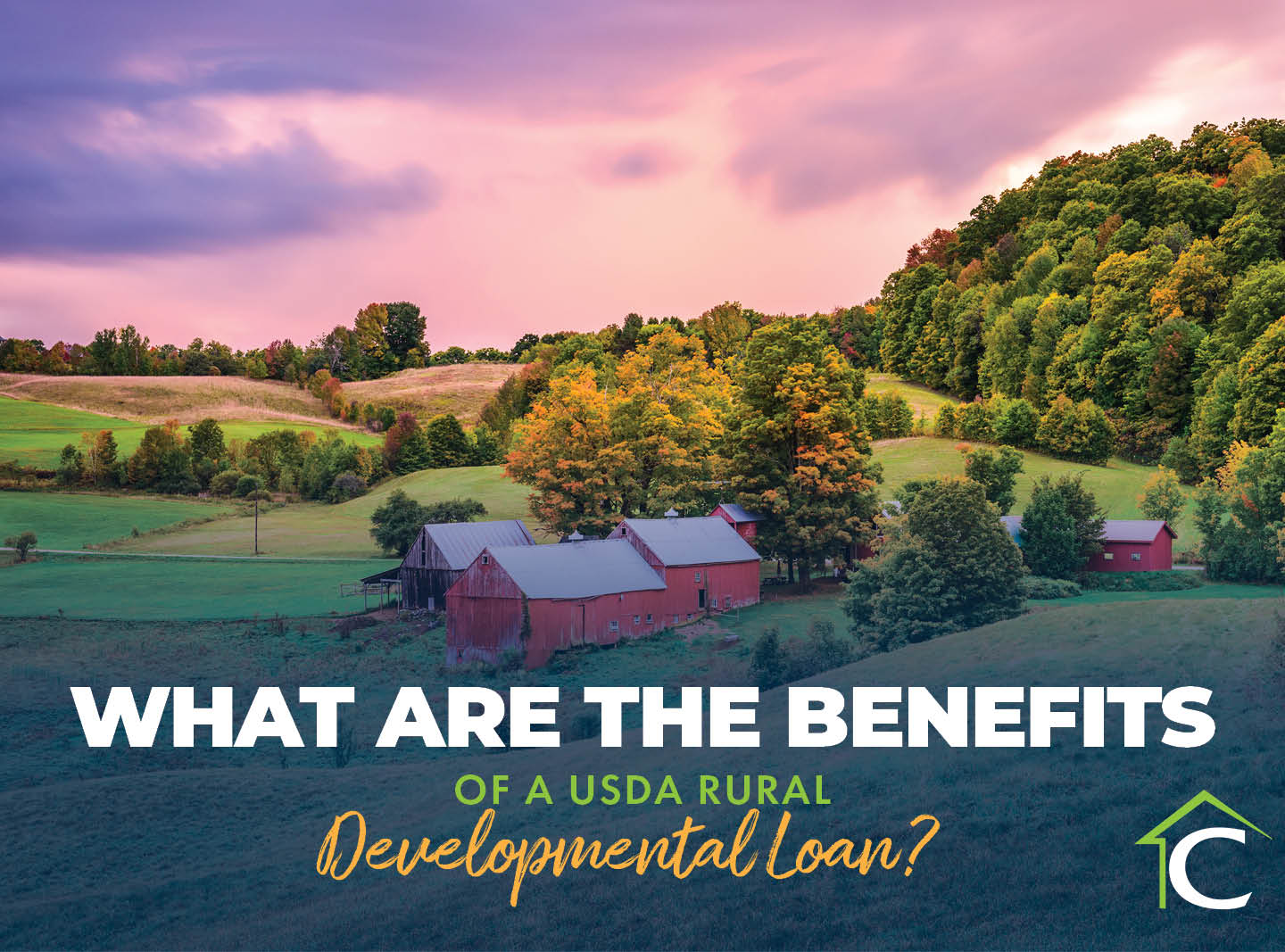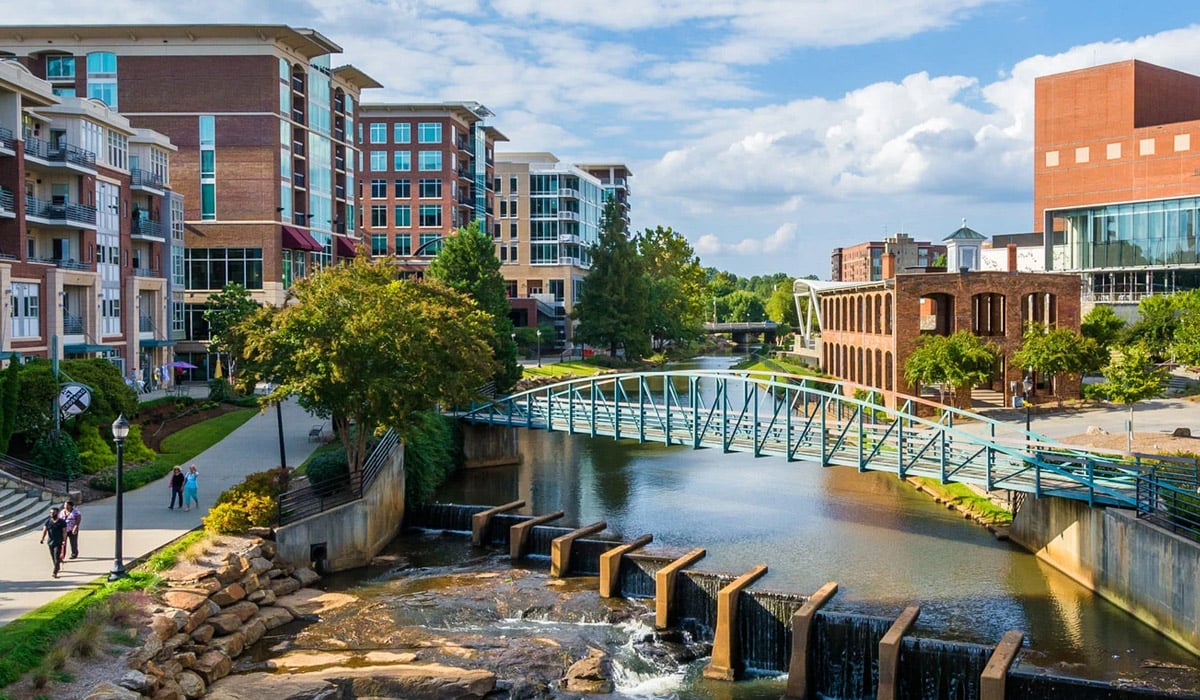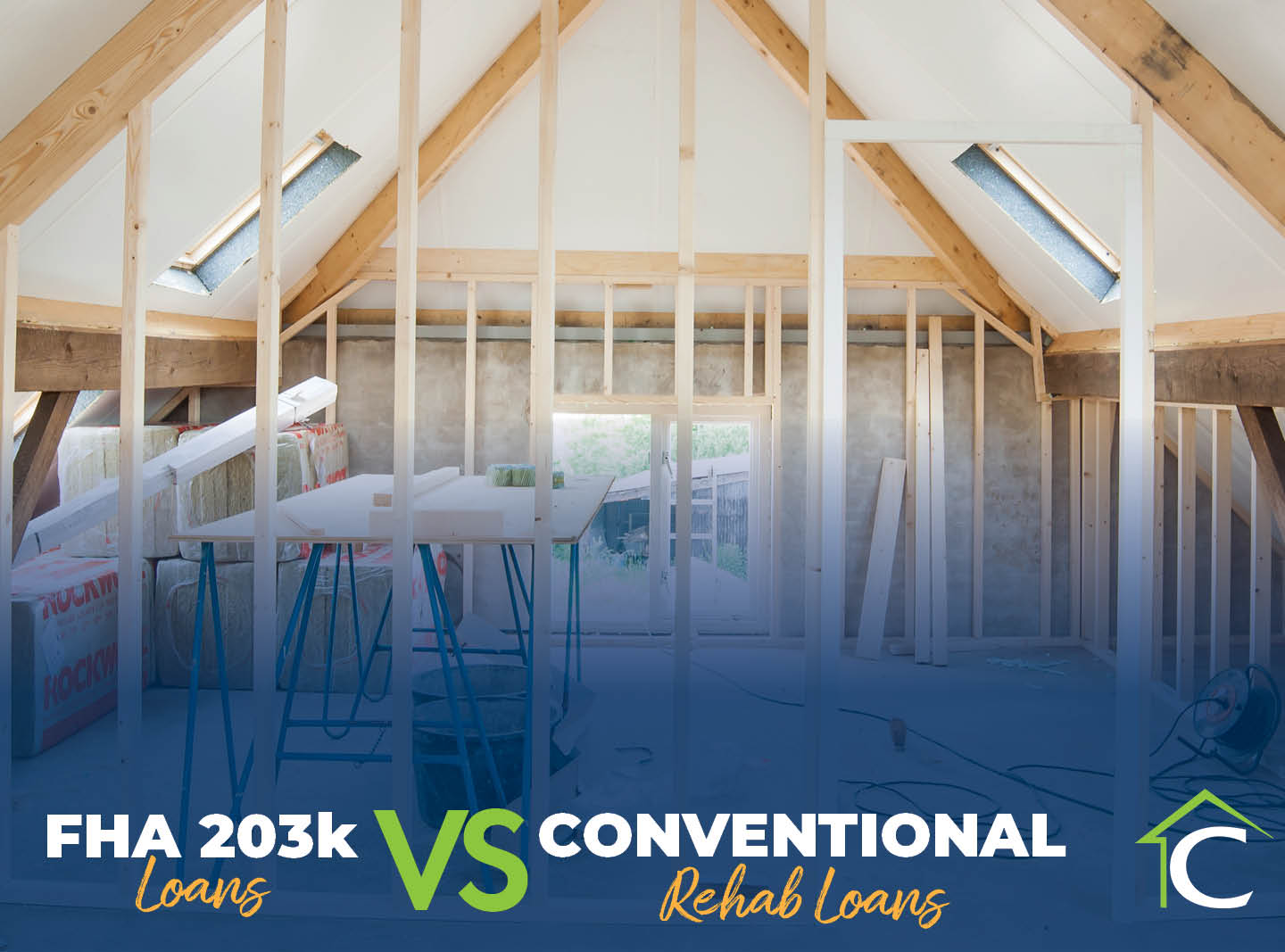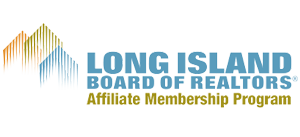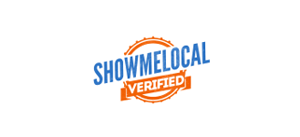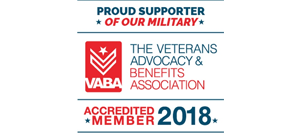Editor’s Note: This blog was originally published in September 2018 and has been revised to reflect industry statistics, trends, and updates.
Guaranteed and backed by the U.S. Department of Agriculture (USDA), a USDA Rural Development Loan through the USDA 502 Guaranteed Rural Housing Loan Program is designed for low- to moderate-income borrowers in more sparsely populated areas.
Boasting no down payment and lenient private mortgage insurance (PMI) requirements, these 30-year, fixed-rate mortgages are for first-time and qualifying repeat homebuyers. Current USDA loan holders also have the option to refinance an existing mortgage.
Intended for primary residences, USDA rural loans also include relaxed underwriting requirements, qualifying borrowers who might not otherwise gain approval. It’s best to consult the USDA website to ensure the property meets applicable location criteria. Some of the main requirements include easy accessibility from a paved road, appropriate zoning guidelines, and working utilities.
Let’s review the top five key benefits of USDA rural development loans.
1. No Down Payment Requirements
Most loans require a minimum down payment between 3.5 percent to 20 percent. Depending on your specified option, other considerations include employment history, credit score, and debt-to-income (DTI) ratios. However, a USDA loan doesn’t require borrowers to put down any money at closing. Such an advantage keeps more cash in your pocket for moving costs and other expenses.
2. Flexible Borrower Qualifications
There are certain information pieces a mortgage lender will review prior to issuing approval and commitment letters. USDA qualifications such as credit ratings are more forgiving than other loans. Granted you meet all other eligibility requirements, you could still gain approval with below-average credit.
However, a higher credit score can be helpful with rates and approvals. Taking steps to boost your credit rating before applying for any loan is favorable. Any mortgage lender—regardless of loan type—will request to review your credit history. This helps assess your ability to pay back the loan. If you have questions, it’s best to work with a reputable mortgage banker or lender for credit counseling.
3. Less Money Spent On Private Mortgage Insurance (PMI)
When applying for a conventional mortgage, homebuyers putting less than 20 percent down are required to purchase PMI. This protects the lender and provides added coverage should the borrower fail to pay back the loan.
While USDA loans don’t require PMI, you’re still responsible for an upfront guarantee fee and annual fee. The former is 1 percent of the total loan, while the latter is 0.35 percent of the remaining principal. When refinancing, upfront PMI can be rolled into your new loan, provided it’s a USDA product.
4. Many Properties Can Qualify
It’s a common misconception a property won’t qualify for a USDA loan unless it’s in a desolate or sparsely populated area. However, these can be suburbs or outskirts, or even smaller towns with less than 25,000 residents. While some areas within larger metropolitan areas won’t qualify, it’s best to understand and consult USDA guidelines for more information.
5. Lower Closing Costs
Closing costs factored into your purchase price are another added expense. Borrowers can request the seller pay part of these, or roll them into the loan. Gift money is also acceptable, keeping in mind Internal Revenue Service (IRS) guidelines and limitations.
The Takeaway
When considering a USDA loan, it’s best to seek a reputable provider, such as Contour Mortgage. As an approved government-backed lender, our loan officers have vast experience helping borrowers navigate processes, guidelines, and requirements.
Contour Mortgage provides lending services throughout the United States. Contact us to learn how we can help you achieve a USDA rural development loan for your dream home.

